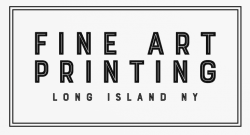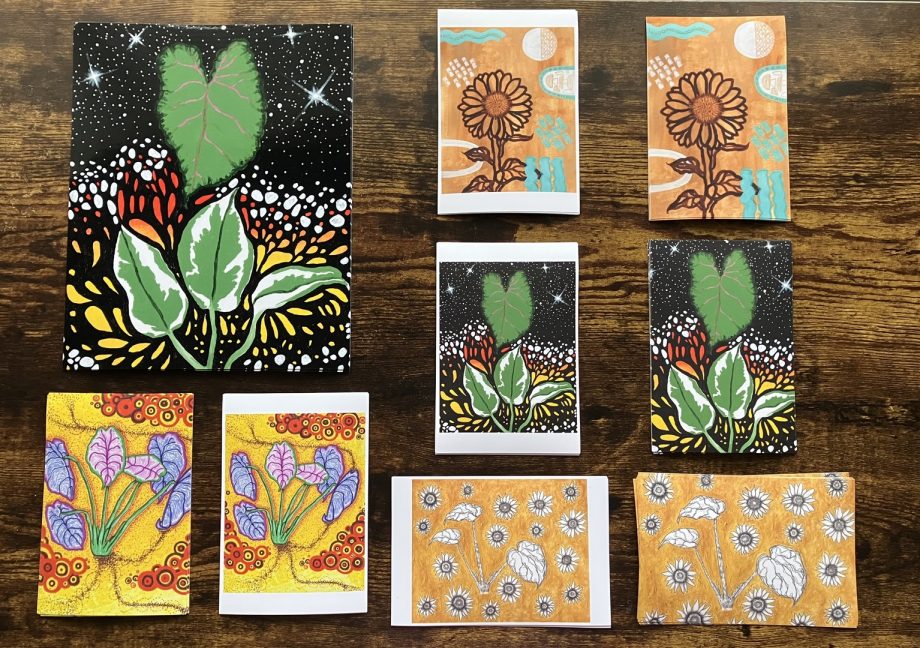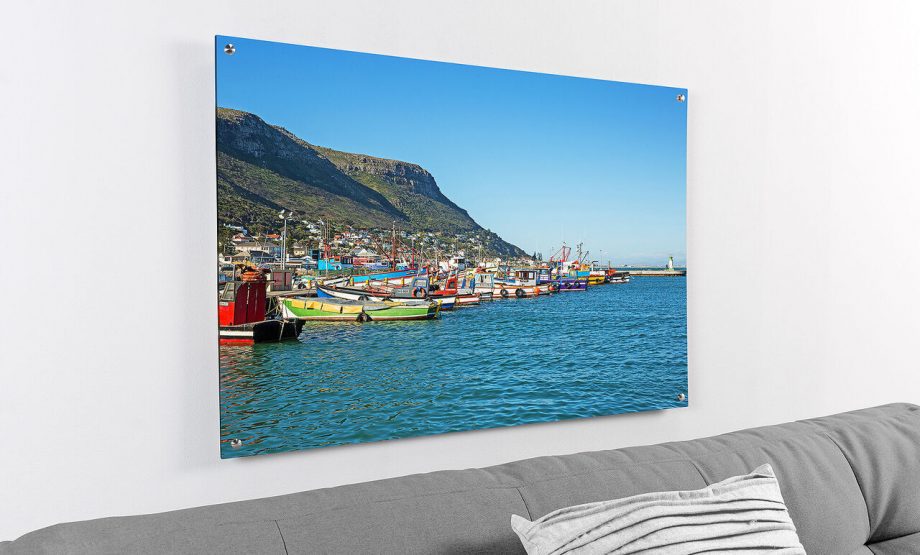Choosing the right paper for your fine art prints is a crucial decision that can significantly impact the final result. The texture, weight, and finish of the paper can enhance or detract from the artwork’s overall appearance. In this blog post, we’ll guide you through the process of selecting the perfect paper for your fine art prints.
1. Understanding Paper Types
There are numerous types of paper available for fine art printing, each with its unique characteristics:
a. Matte Paper: Matte paper has a non-reflective finish and a slightly rough texture. It’s excellent for prints with a high level of detail, as it doesn’t reflect light and allows for a clear view of the image from all angles.
b. Glossy Paper: This paper type has a shiny finish that can make colors appear more vibrant. Glossy paper is often used for photographic prints as it can enhance the depth and contrast of the image.
c. Semi-Gloss or Luster Paper: A compromise between matte and glossy, semi-gloss paper offers some reflection and color intensity without being overly shiny.
d. Textured Fine Art Paper: This type of paper resembles traditional watercolor paper and is ideal for reproducing paintings. The textured surface can add an extra dimension to the print.
e. Metallic Paper: Metallic paper has a high-gloss finish with a metallic appearance. This type can make the colors in the print pop, creating a unique, eye-catching effect.
2. Consider the Artwork
The type of artwork can heavily influence the choice of paper. For instance, matte or textured fine art paper may be better suited for artwork with fine details or for reproductions of original paintings. On the other hand, photographs and digital art might look best on glossy or metallic paper to bring out the vibrancy and contrast of the colors.
3. Think About Longevity
If you intend for your fine art prints to last a long time, consider choosing archival-quality paper. This type of paper is acid-free and designed to resist aging and fading, ensuring your artwork will remain vibrant for years to come.
4. Test Different Papers
If you’re unsure which paper to choose, it may be beneficial to print a small section of your artwork on different types of paper. This can help you see how each paper affects the colors and details of your work.
Choosing the right paper is a critical aspect of fine art printing. At Fine Art Printing Long Island, we offer a range of high-quality papers to ensure your artwork is reproduced to the highest standard. We’re here to guide you through the process and help you make the best choice for your prints.
Whether you’re an artist wanting to reproduce your work or an art lover looking to print a beloved piece, we’re dedicated to providing you with the best possible result. Contact us today to discuss your fine art printing needs.



